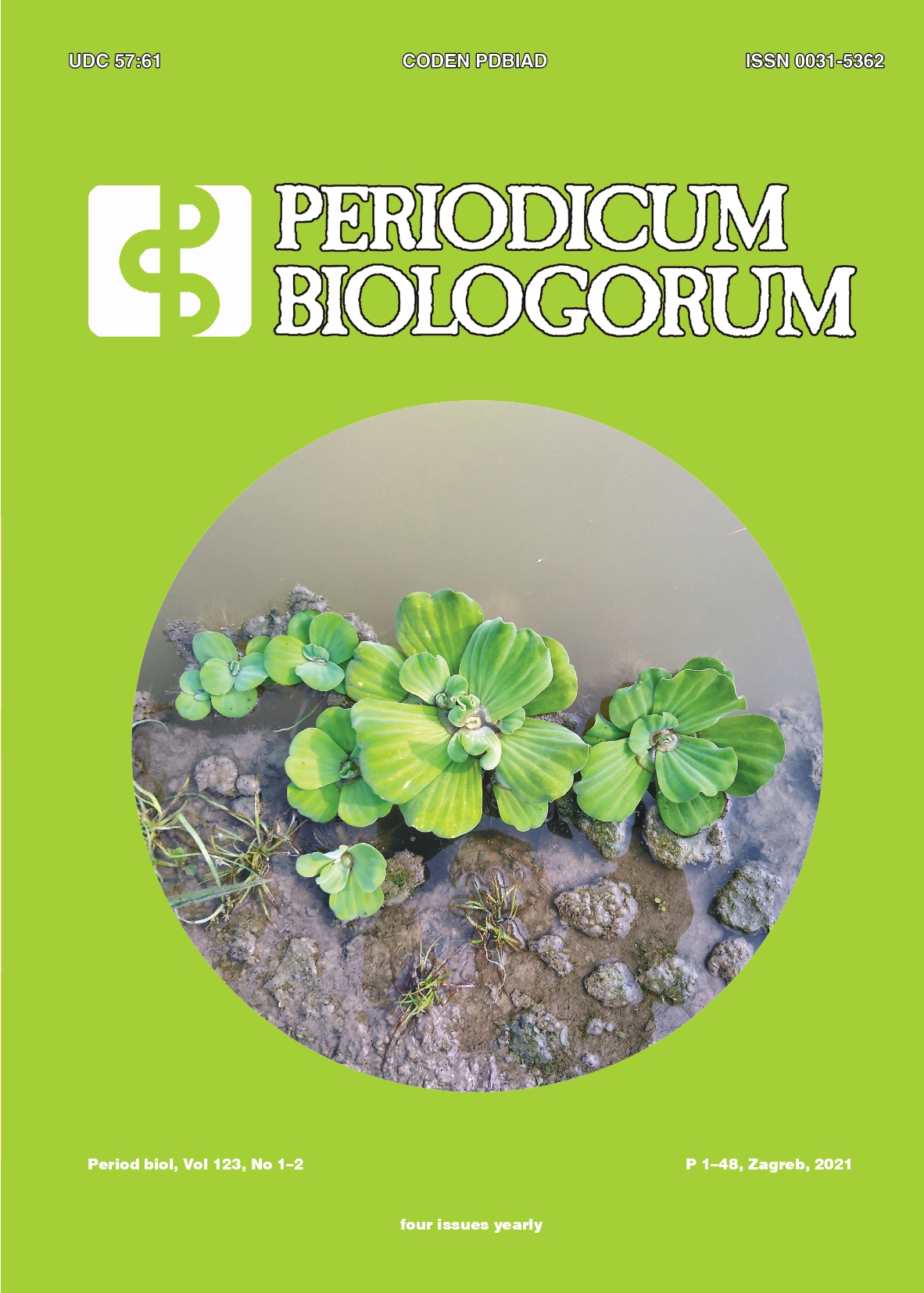A multi-level system for planning compensatory habitats as a new tool to prevent biodiversity loss in protected areas due to development plans
DOI:
https://doi.org/10.18054/pb.v123i1.7161Abstract
Background
In Slovenia, compensatory habitats (CH) are currently determined on the basis of a subjective expert judgement and without using any clearly defined methodology, due to which the success rates of CH implementation are low. The aim of this research is to fill in a methodological gap and propose a new multi-level system for planning CH. The system assures a transparent and more objective determination of the size of a CH in the processes of appropriate assessments (AA).
Materials and methods:
The system was developed by using a multi criteria decision analysis, a multi-attribute decision support model and the DEXi modelling tool. It was tested on a study case the Škofljica bypass road with its impact to a Whinchat (Saxicola rubetra) at Natura 2000 site Ljubljansko barje.
Results:
The system with three modules and a possibility of what-if analysis was developed to assess the species endangerment and the size of the CH. The system identified that the case study has significant impacts to the Whinchat, therefore the CH of a slightly larger size than the habitat lost was proposed. In addition, the system indicated that only one of the three potential locations of the CH is suitable for implementing the CH.
Conclusions:
The system allows a transparent and more objective assessment of the spatial plan. It is a new, easy-to-use, adjustable, cost- and time-efficient method that can be used to make reliable and transparent decisions during the assessment processes.
Keywords:
Natura 2000; Offsetting; Ecological compensation; Habitat (re)creation; Appropriate Assessment; Sustainable development;
Downloads
Published
Issue
Section
License
The contents of PERIODICUM BIOLOGORUM may be reproduced without permission provided that credit is given to the journal. It is the author’s responsibility to obtain permission to reproduce illustrations, tables, etc. from other publications.


